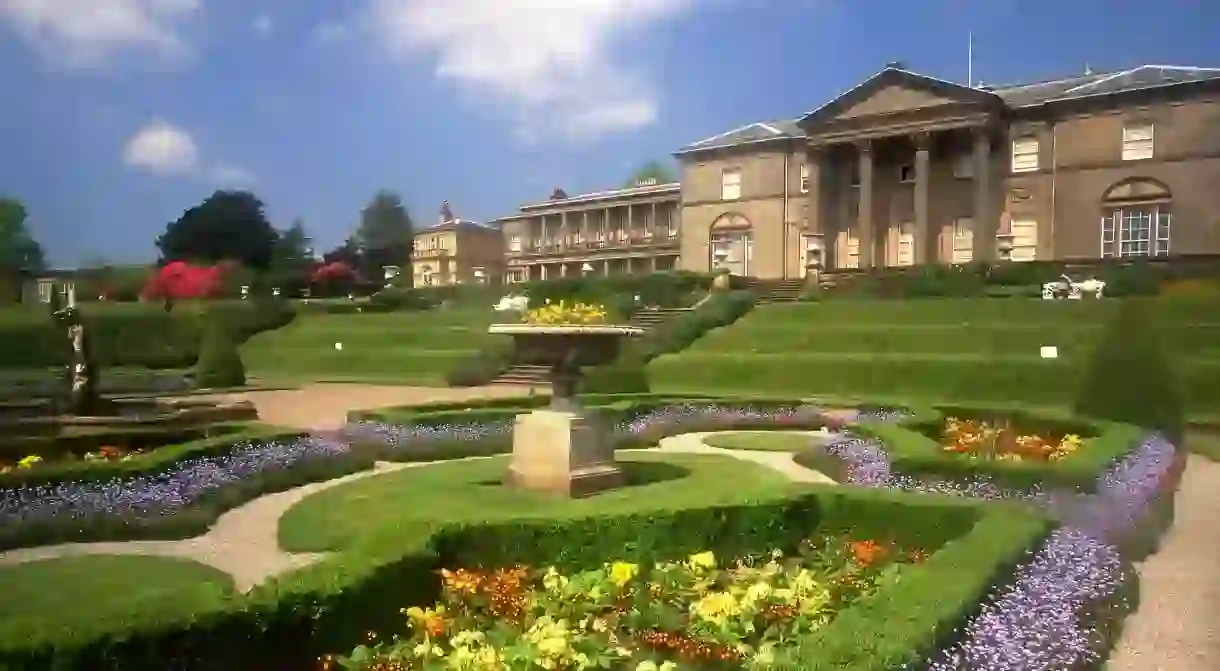National Trust Sites Near Liverpool

While the city of Liverpool offers an amazing urban experience, it would be a crime to visit the northwest of England and not spend some time immersed in local nature and history. From Formby Beach to Tatton Park, here are Culture Trips best National Trust sites to visit in and near the Wirral.
Formby
Natural Feature

Just north of the city lies a golden stretch of coast and rolling dunes belted by a thick pine forest. Formby is one of the most significant biological reserves in the north of England. Visitors can expect walks along the beach or through the nearby asparagus fields; or head on a nature walk and get the chance to see rare red squirrels.
Quarry Bank
Historical Landmark

The Industrial Revolution was one of the most significant periods of change in British history. You can find evidence of it all over the UK. The Quarry Bank is one of the best-kept industrial heritage sites you can visit. Both the 18th century mill and waterwheel (once the most powerful in Europe) are open to visit year-round.
Lyme
Park
Speke Hall
Building, Historical Landmark
Tatton Park
Park
Just under an hour east of Liverpool by car and once owned by the Egerton family, the Tatton Park estate is now owned and maintained by the National Trust and Cheshire Council. The 19th-century stately home is flanked by 1000 acres of deer park and 50 acres of landscaped garden. It also plays host to more than 100 events a year so it’s always a good idea to check what’s on.
Chirk Castle
Historical Landmark, Architectural Landmark

Heading south into Wales is well worth the journey, even just to see this medieval artefact. Chirk Castle was built in 1310 under Edward I. It has seen battles, contests of ownership and plenty more in its 700-year history. If you’re feeling outdoorsy, there is an enormous area of surrounding estate to explore.













